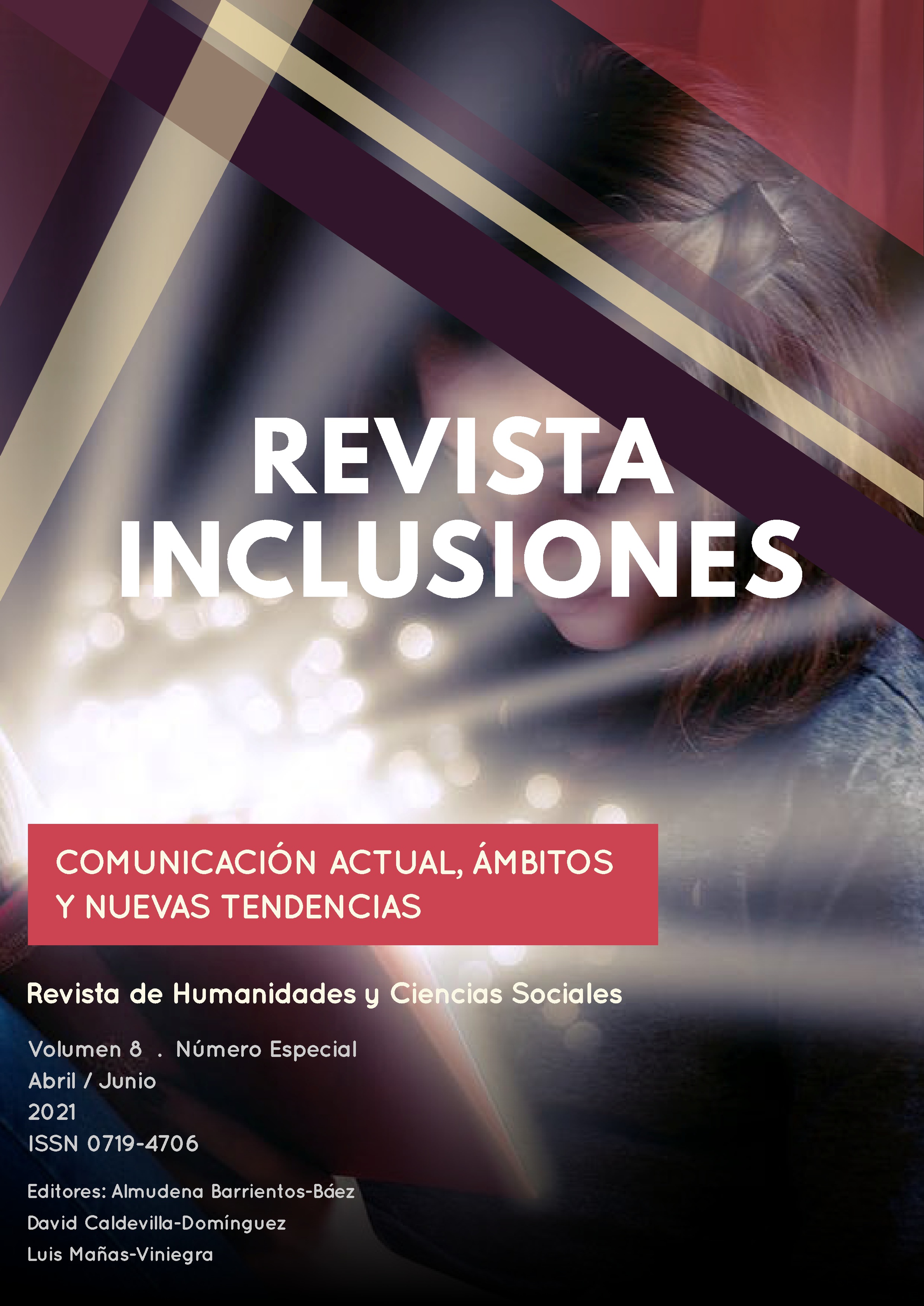FROM STORYTELLING TO STORYLIVING. TECHNOLOGY FOR CREATING VIRTUAL PRODUCTS OF IMMERSIVE JOURNALISM
Abstract
This paper explores the main aspects of immersive journalism, analyzes a series of 360-degree
videos published in the media, reveals their advantages and disadvantages, gives a history of the
development of virtual and augmented reality technologies, as well as the prospects of the media in
view of their growing popularity. The conclusions are as follows: the growth that is observed today in
the field of media, with the advent of the new spherical video format, is actually a continuation of the
development of virtual reality technology, which began in the middle of the XX century; there is a
continuity of classical methods of cinema in the virtual reality format; 360° vision gives a greater
potential for expressiveness and immersion in comparison with analog media. The main finding is
the idea that creating an independent spherical frame has its own visual meaning and does not need
verbal support. Taking into account the development of cinema, the self-sufficiency of 360-degree
video as a means of expression is confirmed, as well as the emergence of a new cinematic language
with great audio-visual capabilities.
Published
How to Cite
Issue
Section
Los autores retienen los derechos de autor y otorgan a Revista Inclusiones el derecho de publicación bajo Creative Commons Attribution 4.0 International (CC BY 4.0). Esto permite el uso, distribución y reproducción en cualquier medio, siempre que se otorgue la debida atribución al autor.











